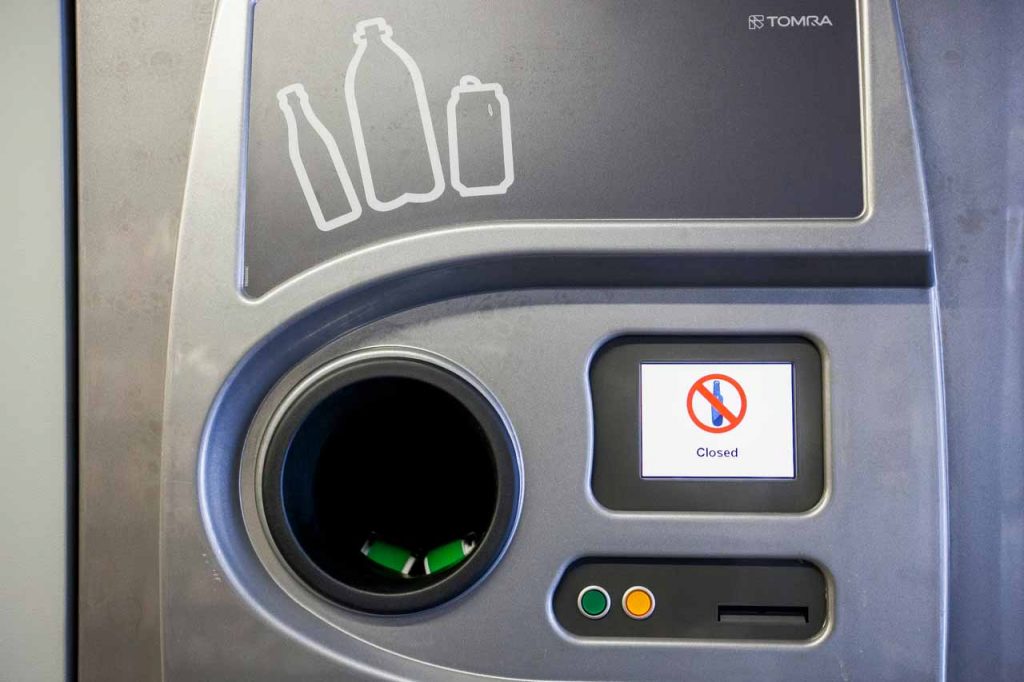
Eight out of the 10 states with container redemption systems have enacted temporary measures limiting deposit returns in some way. | Karolis Kavolelis/Shutterstock
Stay-at-home orders are hitting container deposit systems hard, leading to significant declines in the volumes of high-quality recyclables moving to material processors.


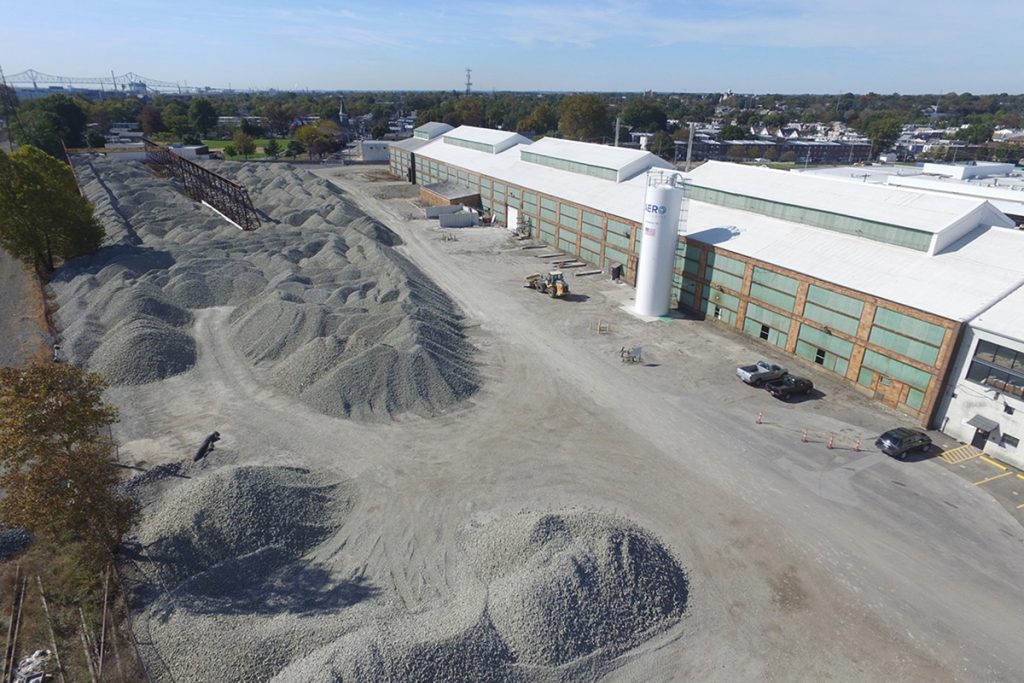

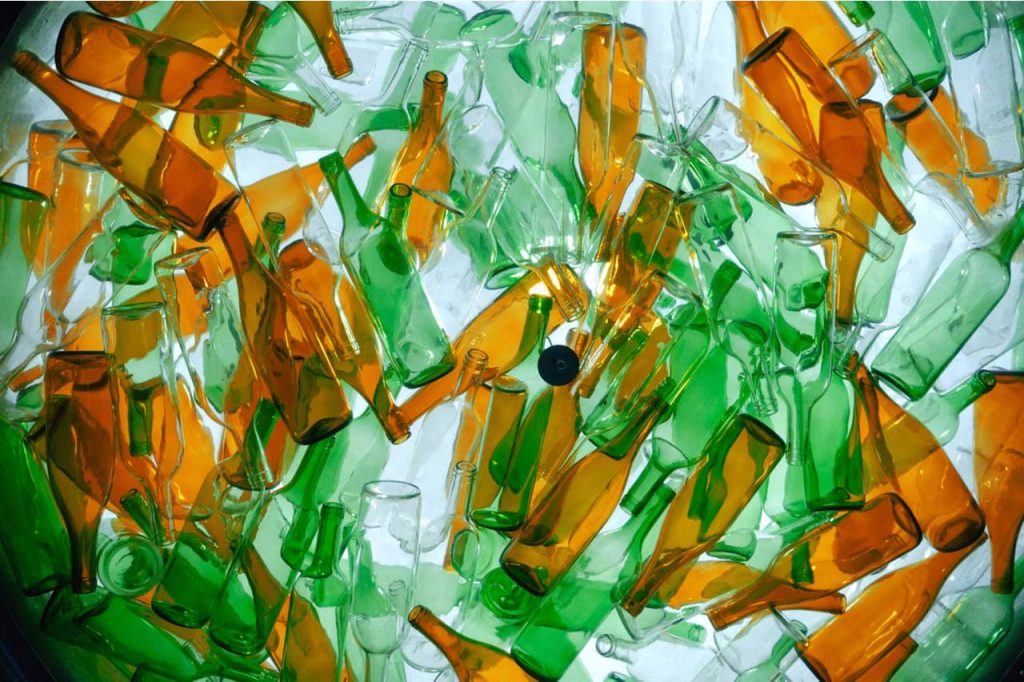
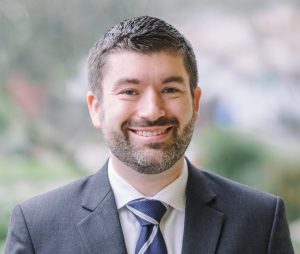
 Not surprisingly, the great glass debate is continuing into 2017. Four municipalities from different corners of the country recently made moves or began discussions to try to recover glass in a more cost-effective manner.
Not surprisingly, the great glass debate is continuing into 2017. Four municipalities from different corners of the country recently made moves or began discussions to try to recover glass in a more cost-effective manner.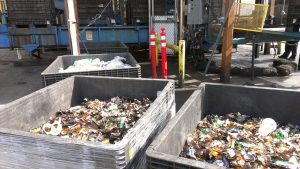 A comprehensive industry study has put a dollar amount on what U.S. materials recovery facilities and their municipal partners are spending to move recovered glass downstream.
A comprehensive industry study has put a dollar amount on what U.S. materials recovery facilities and their municipal partners are spending to move recovered glass downstream.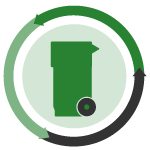 A worker was killed in a MRF accident in Nebraska shortly after the publication of an article highlighting the often-dangerous working conditions in the recycling industry.
A worker was killed in a MRF accident in Nebraska shortly after the publication of an article highlighting the often-dangerous working conditions in the recycling industry.